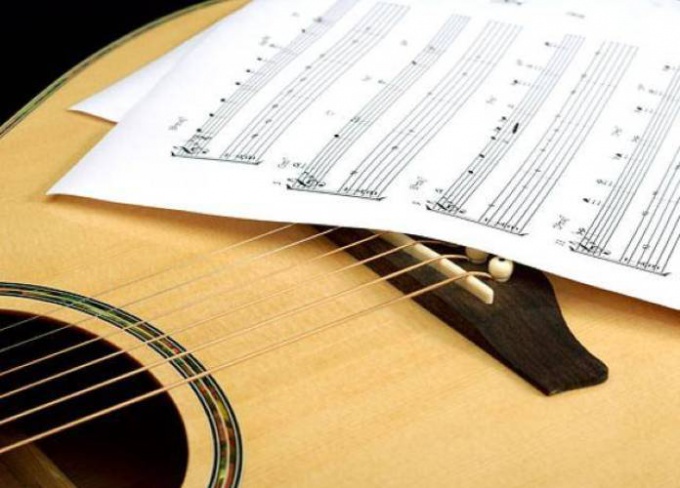Instruction
1
All really simple. In European traditions, it is customary to call the notes by letters of the Latin alphabet. And here is the list, which reflects how the note is read in the European version:
To is C;
Re is D;
Mi is E;
FA is F;
Salt is a G;
La is A;
Si corresponds to H, while b flat – B.
To is C;
Re is D;
Mi is E;
FA is F;
Salt is a G;
La is A;
Si corresponds to H, while b flat – B.
2
In modern music such as in jazz, you can often find so-called game "zimovka", which is a simple sheet, which is divided into quanta. Every measure should be the indication of tonality or the chord (well, it's who you like). Thus, the musician sees the harmonic sequence executed composition, which it accompanies, or to which improvises. This notation is very convenient, especially if you are a session musician and you want to play after just a couple of rehearsals and a concert.
3
And now back to the symbols. Major chords denote by the capital letter of the Latin alphabet. C major is C, d major is D, and so on.
4
Minor chords are denoted similarly, except their name is attributed to the lowercase "m".
5
There are more seventh chords. There are a total of seven types:
Big minor - Ammaj7 or AmΔ;
Major - Amaj7 or AΔ;
A small minor - Am7;
Minor major - A7;
Increased - A5+/maj7;
Reduced – AO;
Small reduced – AmØ or Am5-/7.
Big minor - Ammaj7 or AmΔ;
Major - Amaj7 or AΔ;
A small minor - Am7;
Minor major - A7;
Increased - A5+/maj7;
Reduced – AO;
Small reduced – AmØ or Am5-/7.
6
Other chords: the numbers in the chords indicate the degree of the scale, the signs "+" and "–" next to the figure suggests that this stage the increased or reduced. That's wisdom reading chords.
